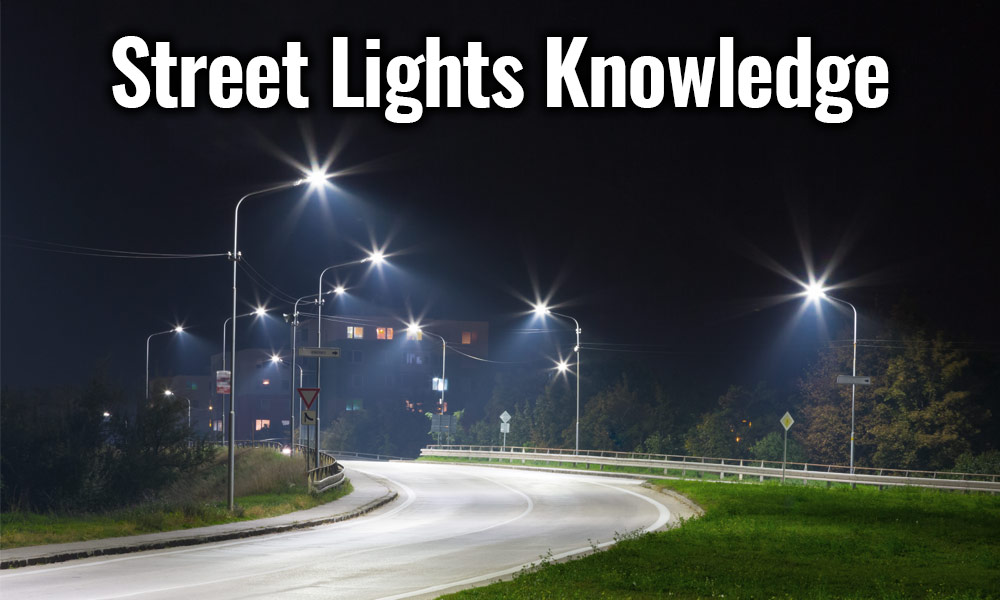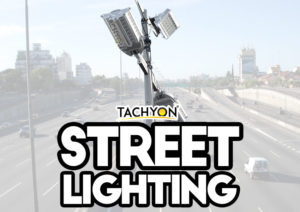1. Current Status of Street Light Electrical System Design
The soundness and perfection of the street light electrical system can directly reflect the development level of the city. With the improvement of people’s material and cultural level, the nightlife of urban people has become more colorful. Street lights not only provide a good entertainment environment for the general public, but also improve the convenience of urban transportation. However, in recent years, the design of the street light electrical system lacks innovation and long-term, and the street light electrical design with high energy consumption has caused a great waste of resources.
The main problems faced in the construction of the street light electrical system include: First, the design of the municipal street light electrical system lacks long-term planning, and the energy-saving design needs to be further improved and improved. Second, the selection and control of lighting fixtures need to be comprehensively investigated and practiced. Third, the power distribution scheme and line planning need to be further optimized.
2. Improvement and Optimization of Energy-saving
Design of Street Light Electrical System
2.1 Design mode of street light: semi-light mode
With the increasingly prominent problem of resource shortage, energy saving and low consumption have gradually become the theme of the power system. In recent years, governments around the world have mainly adopted the method of turning off street lights on non-main road sections to reduce energy consumption in the management of municipal street lights energy saving. However, this method lacks long-term and can only control energy consumption in the short term.
According to surveys and studies, it is found that turning off half of the light sources can reduce the power consumption of the entire street light by 50%, which provides a new idea for the energy-saving design of the municipal street light electrical system. The use of semi-light mode should give full play to the advantages of staggered arrangement or symmetrical arrangement, and adopt high standards for the design of municipal street lights. Moreover, during the construction process, the impact of street lights on motor vehicle lanes should be taken into account in the design, so as to improve the reliability of the design.
Although the semi-light mode design effectively reduces energy consumption, it has a certain impact on the safety of traffic sections. In addition, the semi-light mode requires two street lights to be laid according to the path of the power line, thereby increasing the investment cost of infrastructure construction.
2.2 Design accessories for street lights: toroidal magnetic ballasts
In the process of designing the electrical system of street lights, it is necessary to be equipped with energy-saving ballasts. Compared with the magnetic induction ballast, the main body of the toroidal inductance ballast is a toroidal iron core and a coil. This will make the magnetic force distribution of the toroidal core and the magnetic field response circuit more uniform and reasonable, thereby effectively reducing the total power.
2.3 Design technology of street lights: intelligent dimming technology
Intelligent dimming technology is an important technical means to control energy consumption. Its working mechanism is to place the step-down regulator at the beginning of the power distribution circuit. In this way, under the premise of the pressure control of the entire distribution circuit, the voltage will be gradually reduced, so as to play the role of intelligent dimming.
The principles of using intelligent dimming technology for energy-saving design are: first, for high-pressure sodium lights, the voltage is controlled at 220V, which can reduce the loop voltage and will not cause the street lights to go out. Second, during the night time, users have limited power consumption capacity and the load of the power system is low. A large number of practices have shown that the use of step-down voltage regulator devices can save 15% of electric energy compared with ordinary devices, and the uniformity of lighting will not be deviated. On the basis of avoiding the operation of light overpressure, the service life of the light is extended.
2.4 Optimization of energy-saving design scheme of street lights
The design of the power distribution scheme should comprehensively consider the economy and science of electrical energy saving. First of all, in order to reduce line losses and control the investment in electrical facilities, it is very feasible to strengthen the reference to the utility voltage in the design.
Secondly, the selection of wire materials should be carried out according to the electricity consumption category of municipal street lights. Among them, the first and second types of electricity usually use copper core wires, and the third type of electricity usually uses aluminum core wires.
Thirdly, it is necessary to choose the cable properly and reasonably, and the cable with small resistivity is the best choice.
Finally, it is necessary to plan the design of the street light circuit wiring to shorten the length of the circuit as much as possible.
3. Optimization of Street Light Electrical System in Anti-theft Alarm Design
3.1 Establishment of anti-theft alarm mechanism for street light electrical system
The street light circuit control box and the control power supply radius are important parameters of the street light power system. The monitoring equipment and alarm components with the signal generator as the core are an important part of the entire anti-theft early warning mechanism. The control principle of the alarm mechanism is to determine the integrity and transmission of the cable by detecting the voltage pulse signal between the street light lines.
If the power line fails to maintain power at night, the voltage detection signal sends a pulse into the cable, preventing false alarms of theft. If the state of the entire power system is normal, and the monitoring and alarm host installed at the end of the cable does not detect the relevant pulse signal, the system will show that the street light cable is stolen. 
At this time, the GSM module starts to run, so that the stolen information is fed back to the information management center.
3.2 Design of the alarm host of the street light electrical anti-theft system
The alarm host of the street light anti-theft system is composed of a reset control module, an information storage module, a signal detection module, a power management module and a communication module. Each module cooperates and connects with each other, so as to provide hardware guarantee for the effectiveness of the anti-theft mechanism.
The design principles of the street light alarm host are:
First, it can realize long-distance arming and control.
Second, it can rely on the GSM system for communication alarm.
Third, expand the number of communication operators, and choose an operating system that can set up 16 different alarm numbers.
Fourth, it has the ability to automatically obtain parameters, and can realize a long-distance alarm mechanism.
4. Conclusion
In short, the optimization and improvement of the electrification design of street lights is a systematic project, which not only ensures that the optimized design can achieve energy saving and low consumption, but also ensures that the entire electrical system has a high alarm and anti-theft mechanism.
With the increasing progress of urbanization, the construction of street light electrical systems will become more standardized and systematic. Therefore, the design of the electrical system of municipal street lights in the future is bound to be more abundant, scientific and reliable.





